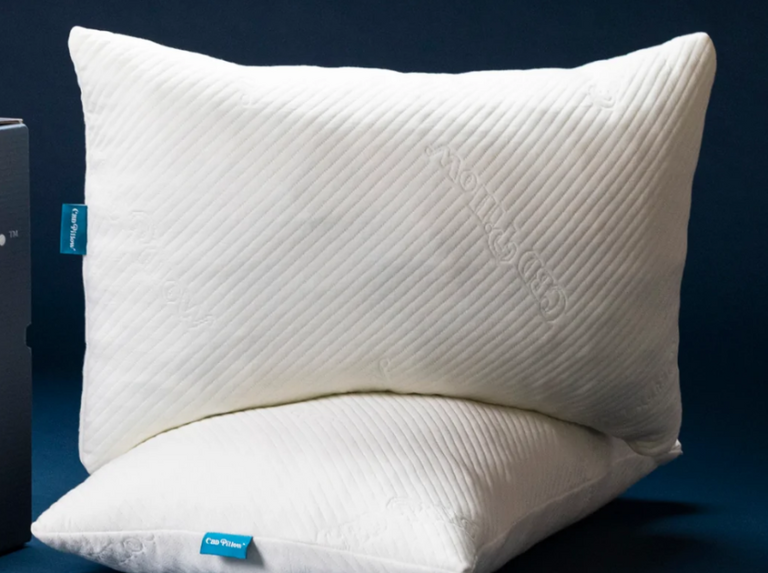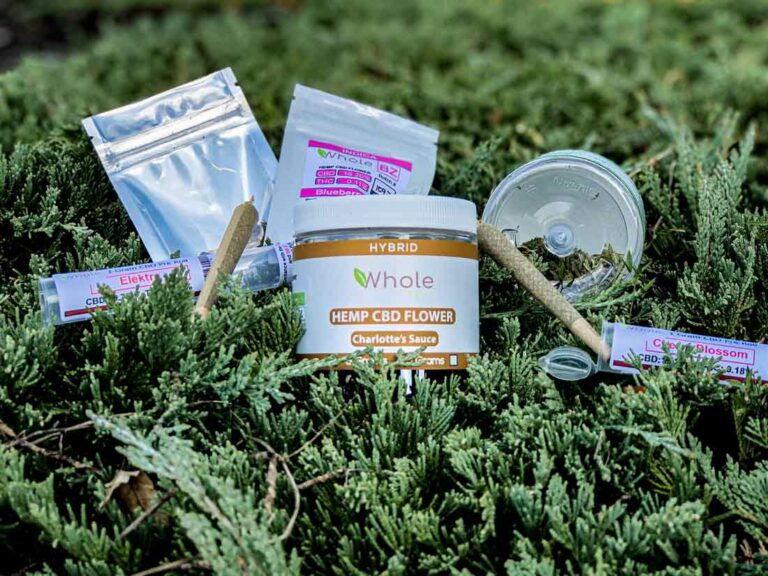Summary: Vaping cannabis products with rich THC content leads to drug-seeking behaviors in animal models.
Source: Washington State University
Rats with regular access to cannabis seek more of the substance and tend to show increased drug-seeking behavior when cannabis is absent.
That’s according to a new study conducted by neuroscientists in Washington State University’s Integrative Physiology and Neuroscience unit.
The research, published in the Journal of Neuroscience, is the next step to better understand the cognitive and neural effects of cannabis use in humans.
“It’s always difficult to establish reliable cannabis-seeking behavior using animal models. In this study we have a clear and reliable response for cannabis by utilizing the very first self-administration model involving on-demand delivery of whole-plant cannabis vapor,” said Ryan McLaughlin, professor in WSU’s Integrative Physiology and Neuroscience unit.
So, how do you give a rat the option to self-administer cannabis?
Well, their curious nose, of course.
WSU researchers trained male Sprague Dawley rats to poke their nose into a small port within a Plexiglas chamber with constant air flow to automatically deliver discrete “puffs” of whole-plant cannabis vapor.
The chambers are equipped with a spigot that delivers vapor, a cue light that illuminates during vapor delivery, an exhaust system for vapor evacuation, and two small nose poke ports, one of which activates a three-second puff of cannabis vapor.
Animals were able to administer puffs of whole-plant, tetrahydrocannabinol-rich (THC) cannabis vapor during daily one-hour sessions over the course of 21 days. Another group of rats received cannabidiol-rich (CBD) cannabis vapor, and a control group received vapor not containing any cannabinoids.
“By the third day of the study, animals began to establish associations between their nose pokes and the cannabis vapor delivery,” McLaughlin said.
Animals exposed to THC-rich cannabis vapor administered more vapor deliveries than the other two study groups from day four to day 21, sometimes doubling the number of deliveries to each group.
What was more shocking was when cannabis was taken away on day 22.
“They would show a burst in responding,” McLaughlin said. “It went from 17 to 18 nose pokes up to 70 or 80 on average. They were trying to figure out why it wasn’t working.”

In addition, drug-paired cues also increased the animals’ response rates.
For example, researchers found an increase in nose poke responses when the cue light was introduced following an extended absence of THC-rich vapor delivery.
“It was similar to when you have someone who has stopped smoking cannabis for a while but then sees their pipe or their vape pen, immediately that cue makes them want to seek that drug again,” Tim Freels, post-doctoral researcher and first author on the paper, said.
The researchers found that food intake was higher, and activity was lower for the animals exposed to THC-rich vapor, yet they expended more energy and burned more calories than the other two groups.
“They experienced a lot of the same effects people would experience,” Freels said. “And that is very important when you’re trying to validate a model and then extend it to a human population.”
Up until the use of this new self-administration model, it was difficult to compare previous cannabis research in animals with the human condition, as most animal-cannabis studies involved an injection of THC or synthetic cannabinoids rather than giving the animal the option to self-administer whole-plant cannabis vapor.
For the McLaughlin Lab, the next steps are to look at the long-term effects of cannabis vapor self-administration during sensitive developmental periods, such as pregnancy or adolescence.
“We urgently need more information on the effects of cannabis use on the developing brain, and this model will be important for identifying potential risks that can be relayed to human cannabis users,” McLaughlin said.
About this neuroscience research article
Source:
Washington State University
Media Contacts:
Laura Lockard – Washington State University
Image Source:
The image is in the public domain.
Original Research: Open access
“Vaporized Cannabis Extracts Have Reinforcing Properties and Support Conditioned Drug-Seeking Behavior in Rats”. Timothy G. Freels, Lydia N. Baxter-Potter, Janelle M. Lugo, Nicholas C. Glodosky, Hayden R. Wright, Samantha L. Baglot, Gavin N. Petrie, Zhihao Yu, Brian H. Clowers, Carrie Cuttler, Rita A. Fuchs, Matthew N. Hill and Ryan J. McLaughlin.
Journal of Neuroscience doi:10.1523/JNEUROSCI.2416-19.2020.
Abstract
Vaporized Cannabis Extracts Have Reinforcing Properties and Support Conditioned Drug-Seeking Behavior in Rats
Recent trends in cannabis legalization have increased the necessity to better understand the effects of cannabis use. Animal models involving traditional cannabinoid self-administration approaches have been notoriously difficult to establish and differences in the drug used and its route of administration have limited the translational value of preclinical studies. To address this challenge in the field, we have developed a novel method of cannabis self-administration using response-contingent delivery of vaporized Δ9-tetrahydrocannabinol-rich (CANTHC) or cannabidiol-rich (CANCBD) whole-plant cannabis extracts. Male Sprague-Dawley rats were trained to nose-poke for discrete puffs of CANTHC, CANCBD, or vehicle (VEH) in daily 1 h sessions. Cannabis vapor reinforcement resulted in strong discrimination between active and inactive operanda. CANTHC maintained higher response rates under fixed ratio schedules and higher break points under progressive ratio schedules compared with CANCBD or VEH, and the number of vapor deliveries positively correlated with plasma THC concentrations. Moreover, metabolic phenotyping studies revealed alterations in locomotor activity, energy expenditure, and daily food intake that are consistent with effects in human cannabis users. Furthermore, both cannabis regimens produced ecologically relevant brain concentrations of THC and CBD and CANTHC administration decreased hippocampal CB1 receptor binding. Removal of CANTHC reinforcement (but not CANCBD) resulted in a robust extinction burst and an increase in cue-induced cannabis-seeking behavior relative to VEH. These data indicate that volitional exposure to THC-rich cannabis vapor has bona fide reinforcing properties and collectively support the utility of the vapor self-administration model for the preclinical assessment of volitional cannabis intake and cannabis-seeking behaviors.
SIGNIFICANCE STATEMENT
The evolving legal landscape concerning recreational cannabis use has increased urgency to better understand its effects on the brain and behavior. Animal models are advantageous in this respect; however, current approaches typically used forced injections of synthetic cannabinoids or isolated cannabis constituents that may not capture the complex effects of volitional cannabis consumption. We have developed a novel model of cannabis self-administration using response-contingent delivery of vaporized cannabis extracts containing high concentrations of Δ9 tetrahydrocannabinol (THC) or cannabidiol. Our data indicate that THC-rich cannabis vapor has reinforcing properties that support stable rates of responding and conditioned drug-seeking behavior. This approach will be valuable for interrogating effects of cannabis and delineating neural mechanisms that give rise to aberrant cannabis-seeking behavior.
Feel Free To Share This Addiction News.
Source: neurosciencenews.com







